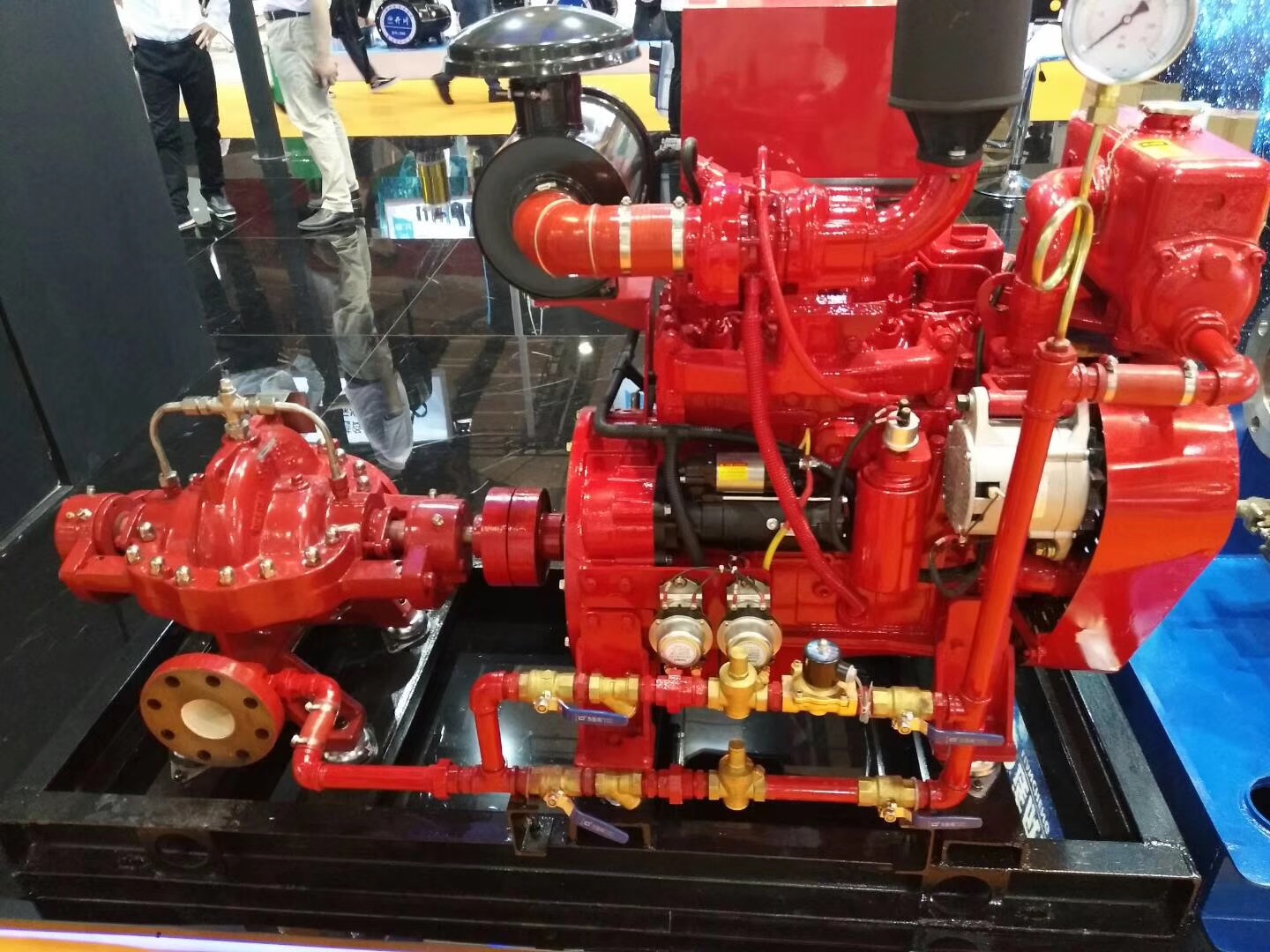Sesotho
- Afrikaans
- Albanian
- Amharic
- Arabic
- Armenian
- Azerbaijani
- Basque
- Belarusian
- Bengali
- Bosnian
- Bulgarian
- Catalan
- Cebuano
- Corsican
- Croatian
- Czech
- Danish
- Dutch
- English
- Esperanto
- Estonian
- Finnish
- French
- Frisian
- Galician
- Georgian
- German
- Greek
- Gujarati
- Haitian Creole
- hausa
- hawaiian
- Hebrew
- Hindi
- Miao
- Hungarian
- Icelandic
- igbo
- Indonesian
- irish
- Italian
- Japanese
- Javanese
- Kannada
- kazakh
- Khmer
- Rwandese
- Korean
- Kurdish
- Kyrgyz
- Lao
- Latin
- Latvian
- Lithuanian
- Luxembourgish
- Macedonian
- Malgashi
- Malay
- Malayalam
- Maltese
- Maori
- Marathi
- Mongolian
- Myanmar
- Nepali
- Norwegian
- Norwegian
- Occitan
- Pashto
- Persian
- Polish
- Portuguese
- Punjabi
- Romanian
- Russian
- Samoan
- Scottish Gaelic
- Serbian
- Sesotho
- Shona
- Sindhi
- Sinhala
- Slovak
- Slovenian
- Somali
- Spanish
- Sundanese
- Swahili
- Swedish
- Tagalog
- Tajik
- Tamil
- Tatar
- Telugu
- Thai
- Turkish
- Turkmen
- Ukrainian
- Urdu
- Uighur
- Uzbek
- Vietnamese
- Welsh
- Bantu
- Yiddish
- Yoruba
- Zulu
Telephone: +86 13120555503
Email: frank@cypump.com
Sep . 24, 2024 21:44 Back to list
septic pump tank system
The Importance of Septic Pump Tank Systems
Septic pump tank systems play a crucial role in the management of wastewater in areas lacking a centralized sewer system. These systems ensure that household waste is efficiently treated and disposed of, thereby protecting both public health and the environment. Understanding the components and functions of septic pump tank systems is essential for homeowners and builders alike.
Understanding the Components
A typical septic system consists of a septic tank, a drain field, and, in some cases, a pump tank. The septic tank serves as the primary treatment vessel where solid waste settles to the bottom and liquid effluent rises to the top. The byproducts of this process, including scum and sludge, break down through anaerobic digestion. However, not all soils can adequately contain septic effluent, especially in areas with high water tables or heavy clay soils.
This is where the septic pump tank system comes into play. The pump tank is an additional holding tank equipped with a pump that transports effluent from the septic tank to the drain field. In cases where gravity drainage is not feasible, a pump system becomes vital for effective wastewater dispersal. The pump is activated by a float switch, which allows for the automatic movement of sewage when levels reach a certain height.
The Functionality of Septic Pump Tanks
The primary function of a septic pump tank is to ensure that treated wastewater is efficiently moved to the drain field for final disposal. When the wastewater level rises in the pump tank, the float switch activates the pump, which then propels the effluent through pipes to the drain field. This process not only prevents flooding in the septic tank but also helps maintain the longevity and effectiveness of the entire system.
septic pump tank system

Septic pump tanks come in various sizes, typically ranging from 500 to 2,500 gallons, depending on the volume of wastewater produced by the household. It is vital to choose the correct size to ensure that the pump can handle peak flow rates without failure. Regular maintenance and inspections are also necessary to ensure the pump is functioning optimally and that clogs do not occur.
Environmental Considerations
Improperly maintained septic systems can lead to environmental issues, such as groundwater contamination and surface water pollution. When a septic pump tank system fails, untreated waste can seep into groundwater, posing risks to drinking water supplies and ecosystems. Therefore, homeowners should be proactive in maintaining their systems—this includes regular pumping of the septic tank, checking the pump for wear and tear, and inspecting for signs of leaks or overflows.
Additionally, local regulations often dictate the installation and maintenance of septic systems, making it important for homeowners to be informed about these rules to avoid fines and environmental harm. Some areas may require periodic inspection by a certified professional, which can help identify potential problems before they escalate into expensive repairs.
Conclusion
Septic pump tank systems are a vital component of wastewater treatment for many rural homes. By ensuring that effluent is properly transported from the septic tank to the drain field, these systems protect public health and the environment. Homeowners must take responsibility for the maintenance of their septic systems to prevent malfunctions and protect local water sources. Regular inspections, timely pumping, and adherence to local guidelines will help maintain the efficiency of septic pump tank systems, ensuring a sustainable and healthy living environment for all. As we continue to develop and expand our communities, understanding and maintaining these systems will be increasingly important in the responsible management of our natural resources.
-
Heavy-Duty Mining Sludge Pumps - Wear-Resistant Slurry Handling
NewsAug.02,2025
-
Horizontal Split Case Pump with GPT-4 Turbo | High Efficiency
NewsAug.01,2025
-
ISG Series Pipeline Pump - Chi Yuan Pumps | High Efficiency, Durable Design
NewsAug.01,2025
-
Advanced Flue Gas Desulfurization Pump with GPT-4 Turbo | Durable & Efficient
NewsJul.31,2025
-
ISG Series Vertical Pipeline Pump - Chi Yuan Pumps | Advanced Hydraulic Design&Durable Construction
NewsJul.31,2025
-
ISG Series Vertical Pipeline Pump - Chi Yuan Pumps | Energy Efficient & Low Noise
NewsJul.31,2025










